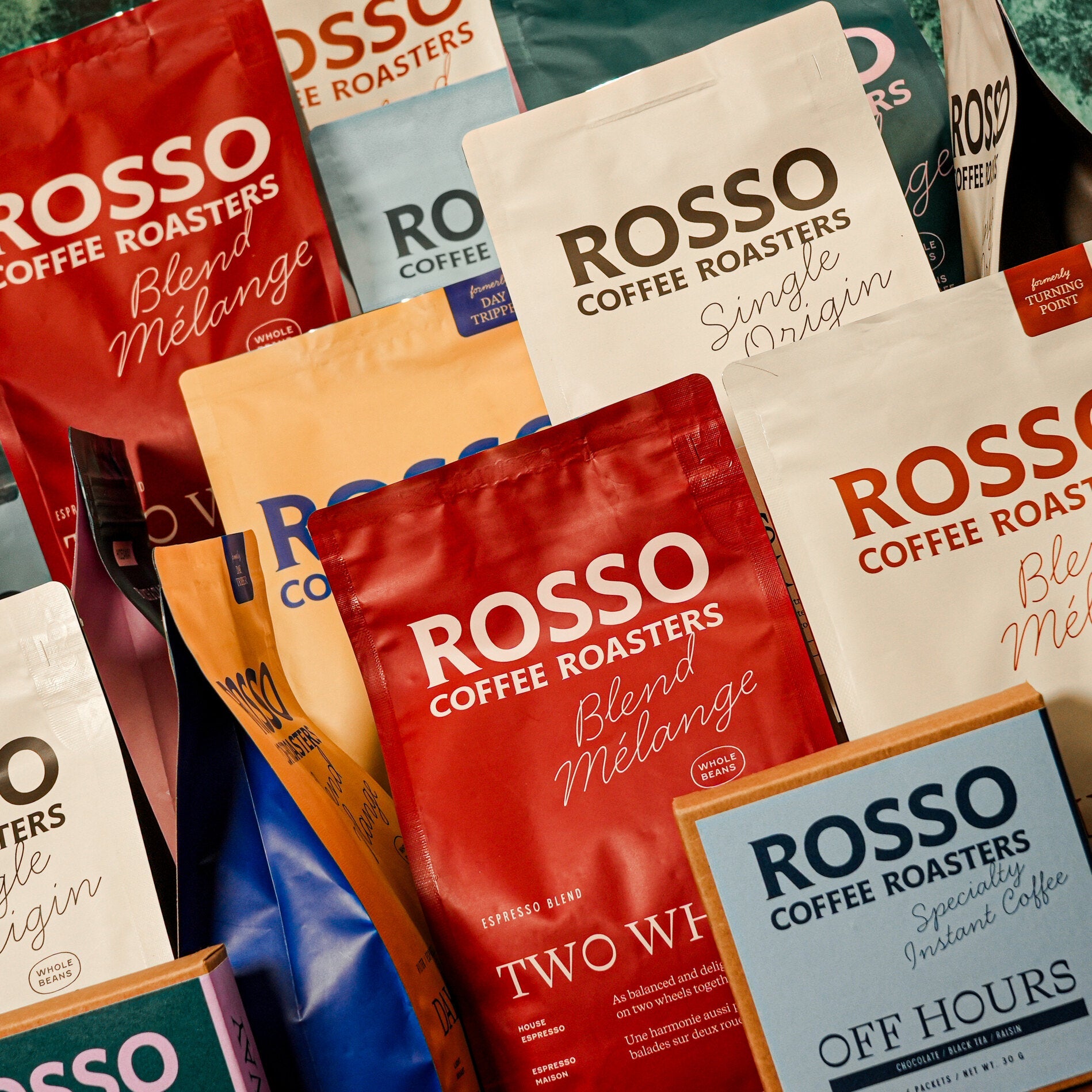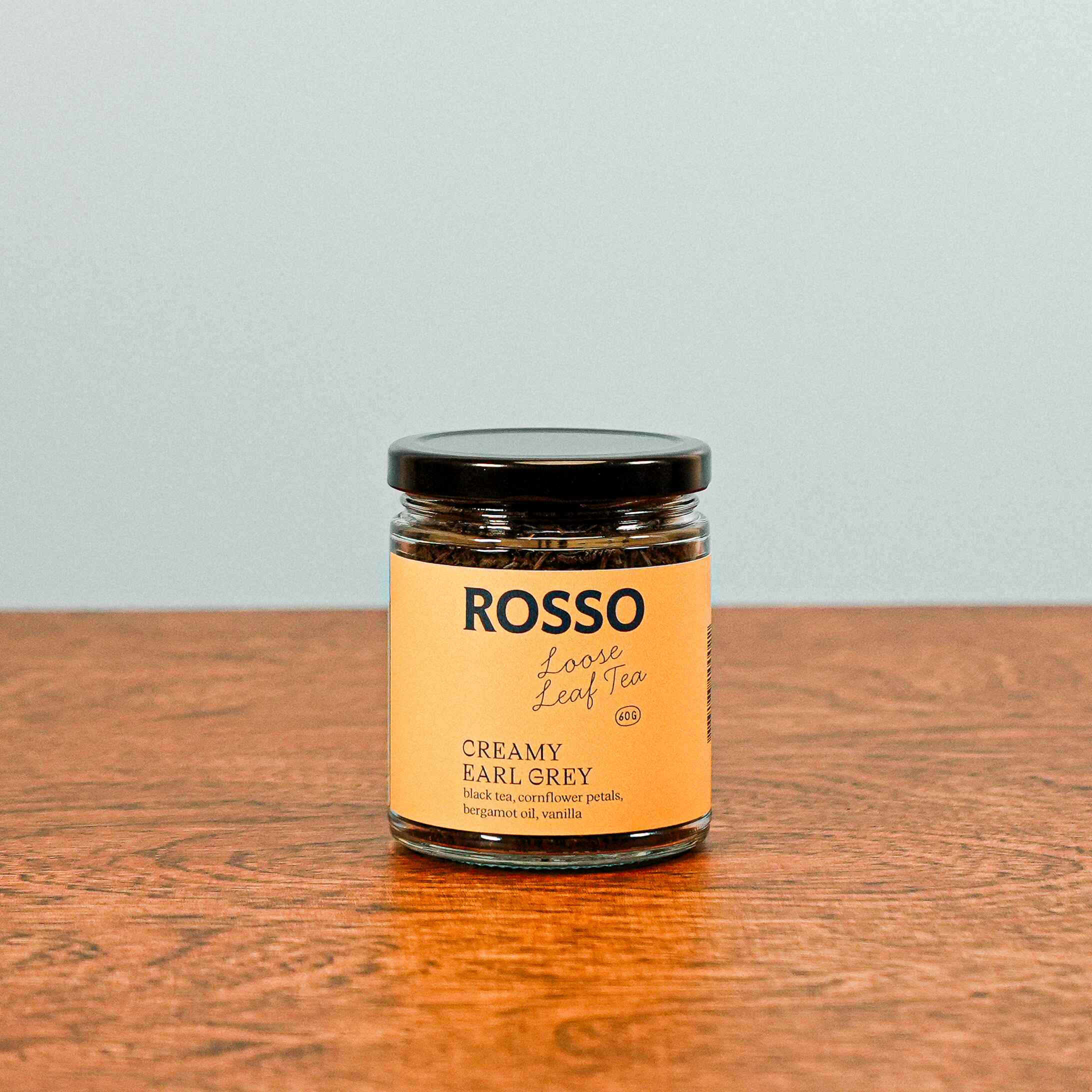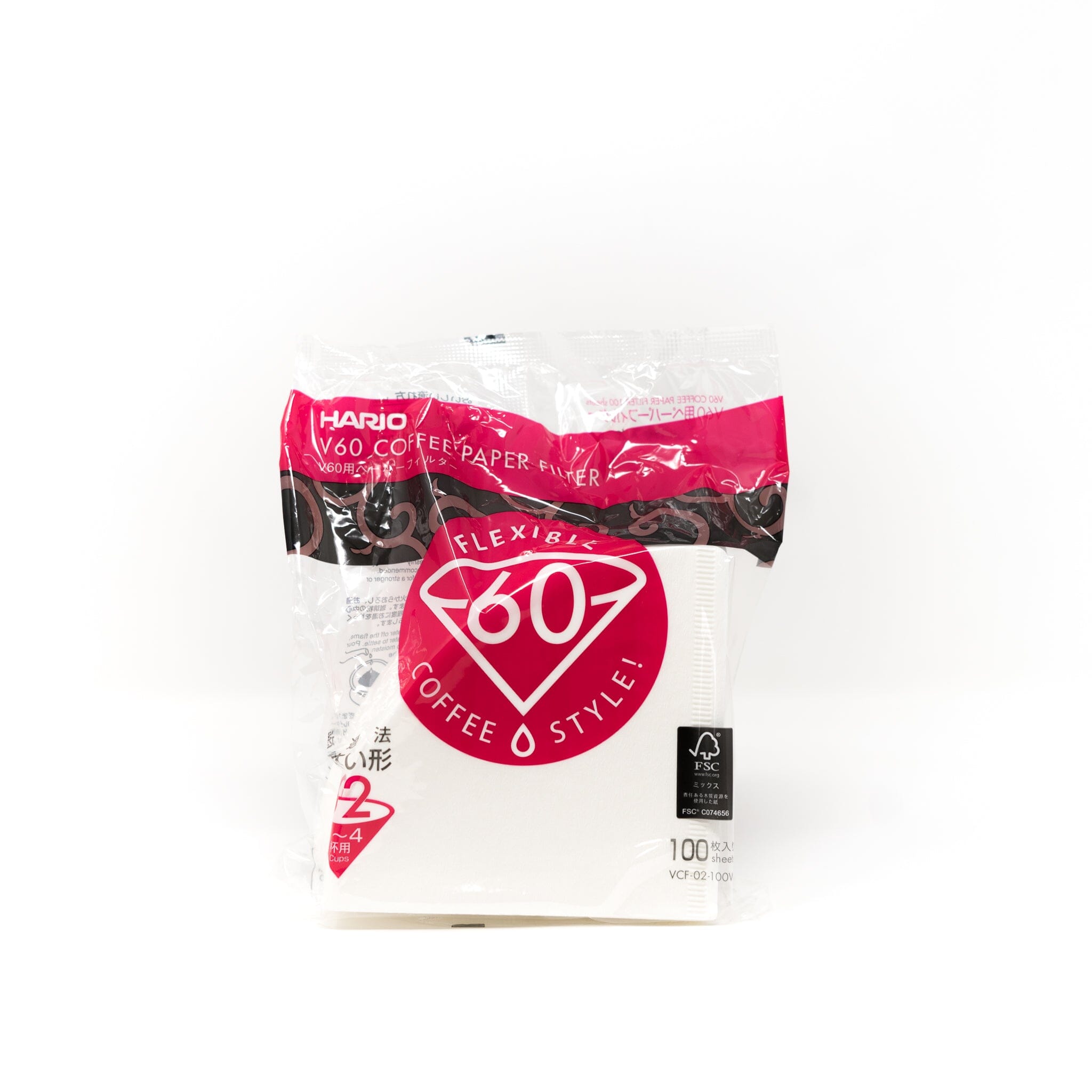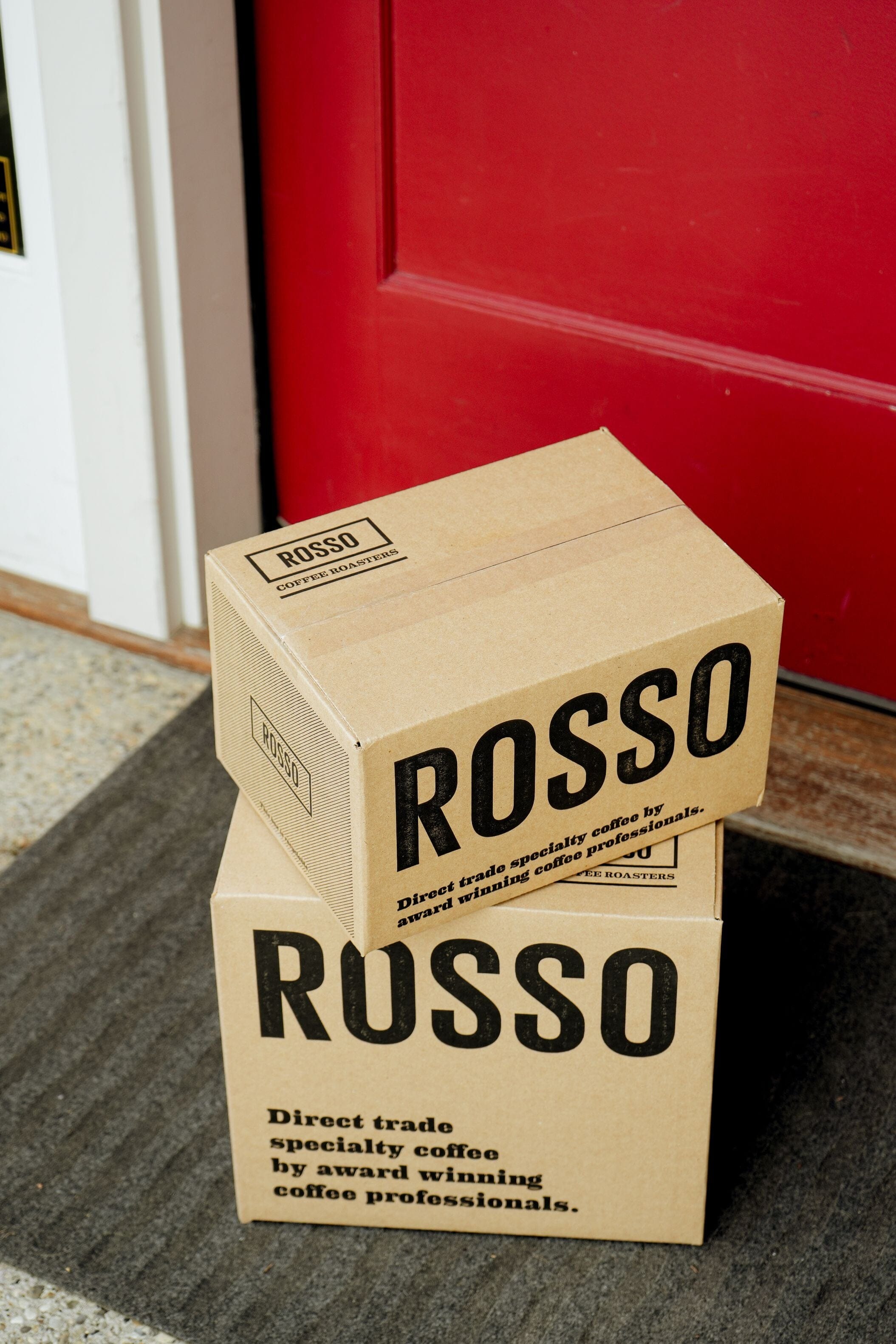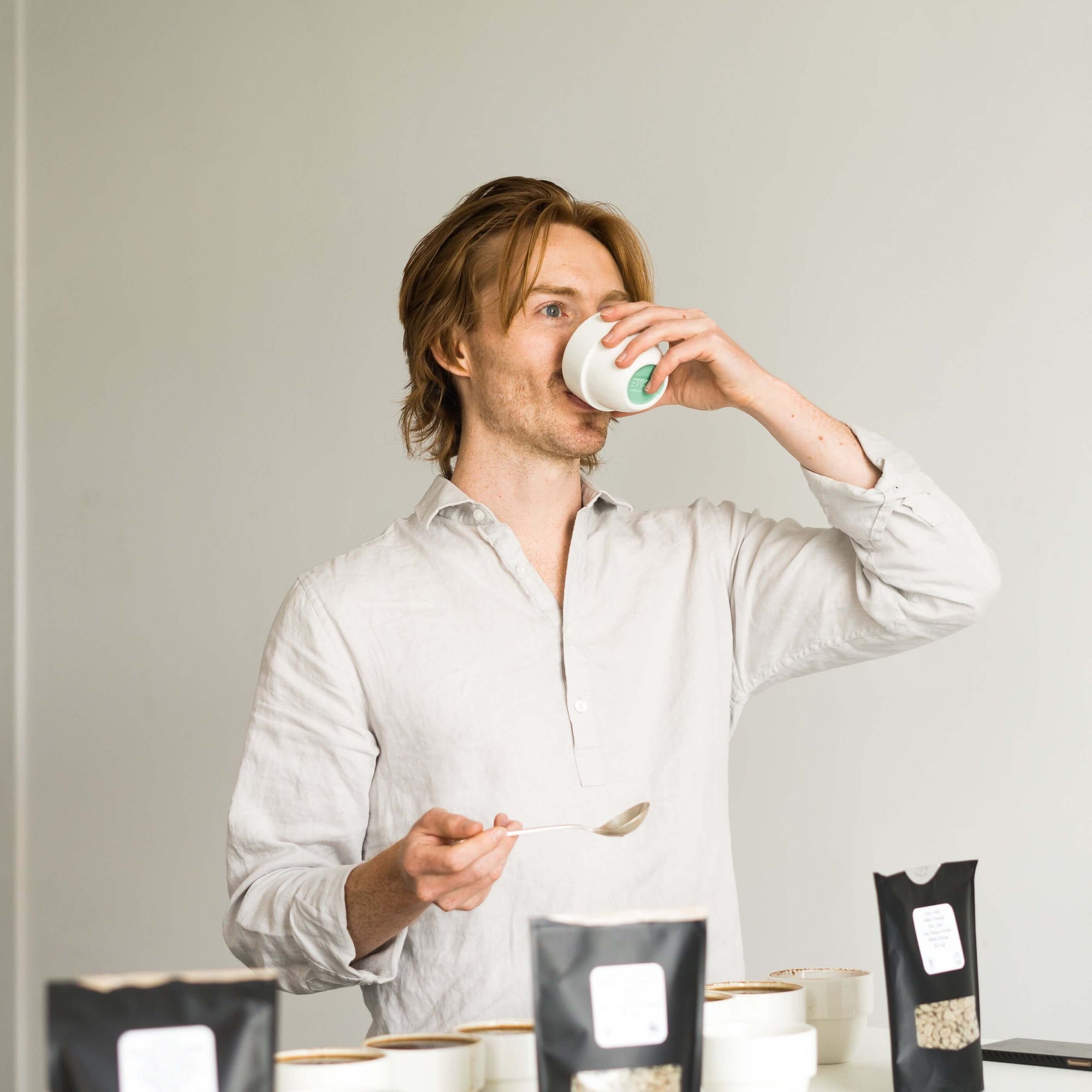

In Conversation with Cole Torode
I sat down with Cole Torode, our Director of Coffee and green coffee buyer, here at Rosso. I wanted to know how coffee buying has changed since the initial stages of COVID and how it has/has not affected Rosso’s relationships with farmers around the world. As some of you may know Rosso has been visiting our producer’s farms, annually, since 2015. So the past couple of years have marked a big change for us. Here’s what Cole had to say about it!

Me: How has COVID affected how you go about buying coffee?
Cole: Buying coffee now is substantially different than it was before COVID. We used to do a lot of travelling. We had a goal of trying to visit every producer, annually, that we purchase from. The purpose of that goal was built around the idea of establishing relationships on a long term basis. And getting to see how year after year their efforts and our contributions were going back into the systems, farms, wet-mills, community washing stations and cooperatives that we’re buying from. It was really important for us to see that, firstly, the relationship was true and the purchase was more than just about coffee. And secondly, that the resources and premiums Rosso is paying is also going back to contribute to bettering the quality of life, the quality of coffee and the community surrounding that coffee. And being able to, I think, tangibly see all that happening is very powerful for the future of business, for understanding where our product comes from, and where that raw material is having an impact in the greater scheme of things.
Me: How has not being able to visit farms affected Rosso’s relationships with farmers?
Cole: For sure it’s been challenging. We’re a year and a half now, in some instances, two and a half, nearing three years, that we haven’t visited the origin country that we’re purchasing from. Thanks to technologies we’re able to communicate. We’re able to use Whatsapp, email and different social platforms that give us access to different relationships in different areas. There’s definitely a case by case - more challenging, less challenging proposition to it all. As an example, East Africa has been slightly more challenging. Partially due to the fact that logistics in East Africa are a little less streamlined than you might find in Colombia or Costa Rica. Those challenges add a sort of secondary layer on top of the distance.
But, not being able to visit farms hasn’t ruined any relationships. Rosso has still managed to purchase coffees and work with all the relationships that we had pre-COVID. We’re very grateful for that and we’re very grateful to have had these long standing relationships already intact. Or, not necessarily long standing, but some degree of development of these relationships that were already intact. And we’re able to hold onto those and get through the hard times with those people. And, I think that’s really positive looking to the future, that these relationships are going to be there for us. And when it comes time to grow, when life goes back to normal, they’ll have a product for us. They’ll be able to show up for us in the same way that we’ve, hopefully, showed up for them in their eyes.

Me: What’s changed? What’s been similar?
Cole: For me personally, something that’s changed is: I’m home all the time. For better or for worse. It’s love/hate. I love travelling. I love being on the road. I love experiencing new cultures. I love getting to taste so many different coffees in a country where I have the privilege to walk into a room (or a lab, as we normally reference them) where somebody has roasted that coffee recently, freshly. The producer is an expert at roasting that coffee. They have set up a tasting, a cupping session for me to just walk into with a notebook, and taste coffees and experience different coffees from that season in that farm/country. And get a wide, wide scope and vantage point of what that country has to offer, in terms of coffee. And at the same time, I get to ask questions about flavour and experience and yields and all sorts of different things. Now that’s all done digitally. It’s all done through samples in the mail. Which means we don’t get to taste as wide of a spectrum of coffees. Therefore, are we truly getting the best selection? I would argue that in order for us to truly get the best selections everywhere, it’s really critical to be on the ground in these countries and to get a scope of what exactly they have to offer. Because, sending samples, you’re limited. You’re constrained to size and weight and resources to ship them, thousands of kilometers, in some cases. Because of that, our scope of availability has shrunk.
Me: What have been the main challenges in green coffee buying in 2020/2021?
Cole: The main challenges are keeping up with the samples within the time they’re arriving. Right now, as an example, it’s the end of a handful of harvests that we buy from. Because of that, we’ve been receiving samples from many producers in varying countries to ensure the coffees we purchase, our relationships are there. The different lots, the different processes, the different varieties that we’ve aligned in purchase are tasting the way we would hope they’re tasting. I think the big thing is just having to roast those and cup those and keep up consistently with the rate in which they come. I mean, at the end of the day, that’s all part of the job. Though, I would argue, it’s actually easier, probably, to get on a plane, fly across the world, taste a bunch of coffees in a lab, jump back on that plane and come home in a lot of cases, than it is to roast all of those coffees with the current tools, the current manpower we have, and the current facilities that will all change as we grow and become more attuned to this new space we’re in. It’s hardly a challenge, but that’s the challenge that came to mind.

Me: When are you hoping to do your next trip and where to?
Cole: This is a great question. I’m not sure what the next origin trip is going to look like. If we look at the calendar year, the next linear progression for harvests that would be taking place, right now, would be Colombia and maybe Brazil. Brazil, for sure. We’re usually in Brazil in August. We’re sometimes in Colombia in June/July. That’s been a trend. And, frankly, I don’t think those are going to be available.
I think the next trip that we might likely do is to Taiwan, actually. Not for coffee producing or coffee purchasing. But actually, to support Nelson on the World Coffee in Good Spirits Championship as the Canadian National Coffee in Good Spirits Champion. So, something that I'm trying to really focus on in the months leading up to that, (we don’t know if it’s confirmed that it will happen, we’re speculating that it will) is finding a coffee or many coffee options for Nelson to use in the competition. And to get a, not an upper hand, but to make sure he’s equipped with the absolute best that is possibly out there. So, he goes in with the utmost confidence to do what he can do. And showcase his skillset and enjoy the moment and the performance and be content that the coffee that he’s using is and was the best coffee that we could find on the market and is most tuned in to the experience that he’s wanting to create.
Me: Any processing trends that you’ve seen develop over the last year?
Cole: The biggest processing trend is intentional fermentations. Coffee producers are really starting to explore the boundaries of what fermentation can do to coffee. Traditionally, fermentation has been used as a tool or vehicle to remove the sugars that are really sticky and dense and stuck to the seed (the bean) of the coffee itself. They’ve used fermentation as a way to break down those sugars, because the yeast begins to eat the sugars and they metabolize. Fermentation has also been a vehicle to remove the sugars from coffee parchment. That’s been the primary purpose. But people are really starting to tune into the thought that fermentation can actually drive flavour in the coffee, if done beyond that traditional scope of removing the mucilage. They’re really starting to use it in a way to really impact and guide flavour, if done on a scientific approach, to create intentional flavour profiles within the cup itself.
There’s a trend, at the moment, where people are fermenting coffee with other things. Such as other fruits or spices or other foodstuff that, in theory, complement or add new attributes to the flavour profile that a coffee would create. And, an example of that, would be, a cinnamon tartaric fermentation, which we currently have a sample of in our cupping lab. So, they’ve added cinnamon and tartaric acid into a coffee’s fermentation, with the idea of giving it a little bit of… This isn’t the producer that’s saying this, but to me, it adds this sort-of Apple Cinnamon Cheerios type of flavour. Peculiar, but also interesting. I’ve seen some with tropical fruits and they’ll take on some qualities or attributes related to those tropical fruits. Such as, passionfruit or pineapple. I don’t love it, I don’t hate it.
So, still, in most cases, just coffee fermenting. But in a way that’s guiding the experience and really tuning the profile of the cup. And then in other cases, people are fermenting with foreign materials, other fruits and spices, etc. And using that approach to also impact the flavour in the cup, but more in a manipulation type of way. So, really interesting stuff, just in terms of fermentation, and I’m super excited to see how that rolls out in the years to come. Because, I think if you look at fermentation in other foods, it’s oftentimes used to act as a preservative, actually. Fermentation, traditionally, is very much used for preservation of food. It really excites me if there is potential that fermentation will lengthen the shelf life of coffee - green coffee, raw coffee. That really excites me, because it widens the window in which we can use different origins and when they can be available on our menu. Fermentation is super cool.

Me: Would Rosso ever be interested in fermenting our coffees with other fruits? Or is that more on the producer’s end of things?
Cole: I don’t know if it’s feasible to do at scale. It would take some infrastructure and then I’m not sure if it’s worth it for us... For the research and learning, I would try it. Though a big reason we wouldn’t do it, is because these producers are drying the coffee beans to about 10% moisture. Which is a level where the seed is in a paralysis state. If you dry beyond that, it’ll go flat, basically dead. If you don’t dry it to that point, you are at risk of mold or fungus. It would be more optimal to try these experiments in the origin country, while these coffees are more active on moisture and water activity.
Thanks for the inside look at green coffee buying, Cole!

By the way: The way we cup over the last year has been updated due to COVID restrictions. Check out the Modified SCA Cupping Protocol for more information.
